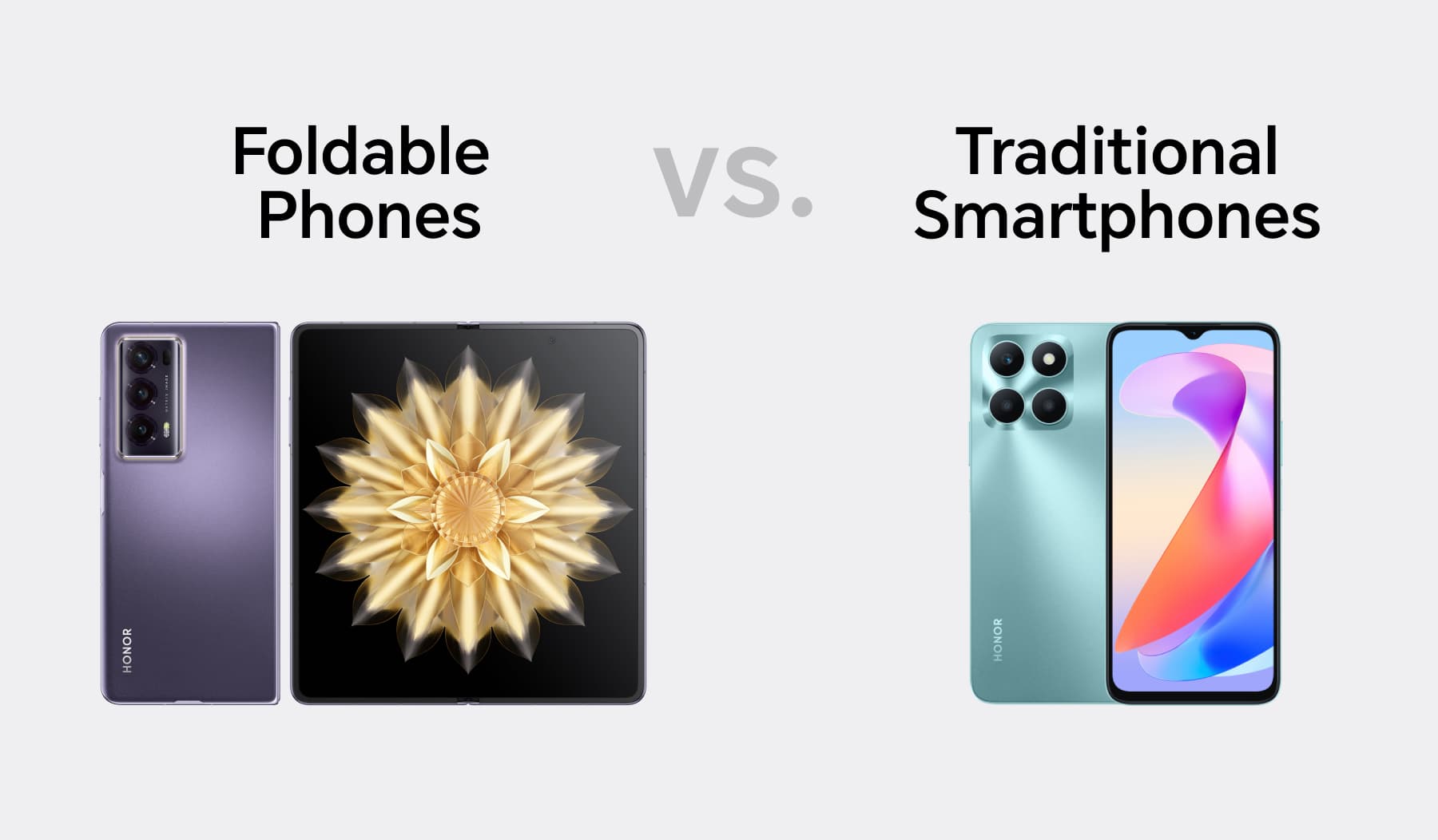Foldable vs Normal Smartphones: Which One Should You Choose?
Foldable vs Normal Smartphones: Which One Should You Choose?
The smartphone market has exploded with options, leaving many consumers confused about whether to choose a traditional phone or a foldable one. Each type has its unique advantages and compromises. In this article, we’ll dive deep into the differences between normal and foldable smartphones to help you make an informed decision tailored to your needs.
Understanding the Form Factor
The first thing to understand is the form factor of these devices. Normal smartphones have a straightforward design, featuring a fixed screen on the front and a camera on the back. They look and feel like traditional phones, offering a consistent and familiar user experience.
Foldable smartphones, on the other hand, present a more versatile design. They appear like regular phones on the outside but open up to reveal a larger screen, providing a mini tablet-like experience. This unique design allows users to enjoy a larger display for multitasking and media consumption.
Durability Concerns
While foldable phones offer innovative features, they come with durability concerns. Normal smartphones are typically built as a single-piece unit, often with tempered glass, making them more robust against drops and scratches. Users can feel secure knowing that their device is less likely to suffer damage.
In contrast, foldable phones contain moving parts, particularly hinges, which can wear down over time. The inner screens, often made from flexible plastic materials, are more susceptible to scratches and dents. This makes foldable phones feel a bit more fragile compared to their traditional counterparts.
Display Differences
Display size is another key consideration. Normal smartphones typically feature screens that range from 6.3 inches to 6.9 inches, depending on the model. In contrast, foldable phones can offer displays of around 8 inches when unfolded. However, this larger size doesn’t always translate into a significantly better experience.
For instance, while the foldable screen is larger, video content is often formatted in a rectangular shape. This means that when watching videos on a foldable phone, you may not experience a substantial increase in viewing area compared to a normal phone. The aspect ratio plays a crucial role in how immersive the experience feels.
Camera Performance
Camera quality is essential for many smartphone users. Generally, normal smartphones boast superior camera hardware, resulting in better image quality. Foldable phones, due to their design constraints, often compromise on camera performance. There's simply not enough space to fit high-quality sensors, which can lead to less impressive photos.
Moreover, the positioning of cameras in foldable designs might limit the types of shots you can take, further impacting your photography experience.
Battery Life and Performance
Battery life is a Important factor for smartphone users. Traditional phones tend to offer better battery performance because they only need to power a single screen. Foldable phones, with their dual-screen setup, often struggle to provide the same longevity. Even if both types have similar battery capacities, the additional screen in foldable phones can drain power more quickly.
Performance-wise, foldable phones may also experience throttling issues due to the heat generated by their design. This can lead to a less satisfactory experience during heavy usage, such as gaming or multitasking.
Who Should Choose a Foldable Phone?
Despite the drawbacks, foldable phones can be advantageous for specific user groups. For instance, business professionals who require multitasking capabilities can benefit from the larger screen that allows them to run two apps side by side. This feature can significantly enhance productivity.
If you're someone who values having a mini tablet experience in your pocket, a foldable phone might be worth considering. However, it’s essential to understand that camera quality may not be your top priority if you mainly need it for productivity tasks.
Who Should Stick with Normal Phones?
For the average consumer, a traditional smartphone is often the better choice. They provide a more durable design, superior camera performance, and generally better battery life. If you don’t require a large screen for multitasking and are looking for a reliable device for everyday tasks, a normal phone is likely the way to go.
Also, keep in mind that foldable phones tend to come at a premium price. If you're not specifically looking for features unique to foldable devices, you may find better value in a traditional smartphone.
Conclusion
In summary, both foldable and normal smartphones have their unique advantages and drawbacks. Foldable phones offer innovative designs and increased screen real estate, making them attractive for specific users, particularly those in business environments. However, they come with durability concerns, less impressive camera performance, and potentially shorter battery life.
Normal smartphones, on the other hand, continue to be champions in terms of durability, camera quality, and battery performance. For most users, a traditional smartphone remains the practical and reliable choice. Ultimately, the decision should be based on your specific needs and how you plan to use your device.
What do you think? Are you leaning towards a foldable phone, or do you believe that traditional smartphones are still the best option? Share your thoughts in the comment.
Join Us For More Amazing Deals And News-https://t.me/AmazingPrimeLoot

_62476921.webp)

Comments
Post a Comment